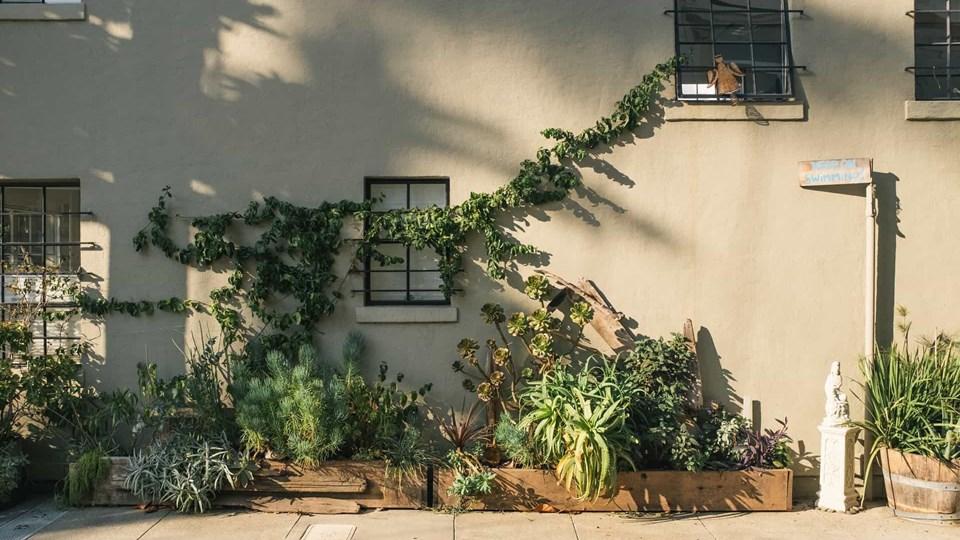Stormwater Planters
Stormwater planters help capture and slow the flow of rainwater, contributing to reduced flooding.

Stormwater planters are contained vegetated areas that collect stormwater runoff. Using bioretention practices, these planters collect and filter water through various layers of vegetation and soils. They are commonly seen in cities along streets and sidewalks and can vary in size, shape, and plant content.
In Pittsburgh, the increasing prevalence of heavy rain events, together with an aging sewer system that carries both runoff and sewage, can cause flooding, sending untreated wastewater flows into the three surrounding rivers.
Components of a Stormwater Planter
A typical stormwater planter consists of a permeable liner, a gravel layer, and a planting soil layer with plants, shrubs, and/or trees. Water flows into the planter through an inlet pipe or naturally from a slope grade, then seeps into the plants’ roots, soil, and gravel, eventually flowing into the groundwater system below. An overflow pipe is positioned to manage excessive water volume.
Benefits of a Stormwater Planter
- Greatly reduces both the amount and flow rate of stormwater
- Naturally treats the water stream by capturing and removing pollutants
- Improves the aesthetic appeal of sidewalks and streets in public areas
- Requires minimal space
- Provides a cost-effective way to treat and contain runoff
- Offers versatility (can be various shapes and sizes, depending on the location and available space)
Maintenance
Stormwater planters upkeep and maintenance. Weeds need to be picked, soil has to be replaced, and captured pollutants have to be removed from the area. The structure of the planter should also be regularly checked to ensure that it is working properly, especially after larger storms or rain events. Lastly, if any inflow and outflow systems are installed, they should periodically be checked and cleaned to ensure that runoff is properly reaching the planter.
Stormwater planters are designed for small-scale runoff collection and filtration, so should be located in areas where the water flow rate is not too strong (hills and steep slopes can cause water to overrun planters). Stormwater planters need to be completely replaced about every 25 years.
Organizations
Natural Resources Defense Council
Philadelphia Water Department
Pittsburgh Water and Sewer Authority
Water Environment Federation
References
Stormwater Planter. (2008, September). Charles River Watershed Association. https://nacto.org/docs/usdg/stormwater_planter_crwa.pdf (PDF)
Top banner photo: Chris Lawton (Unsplash)
